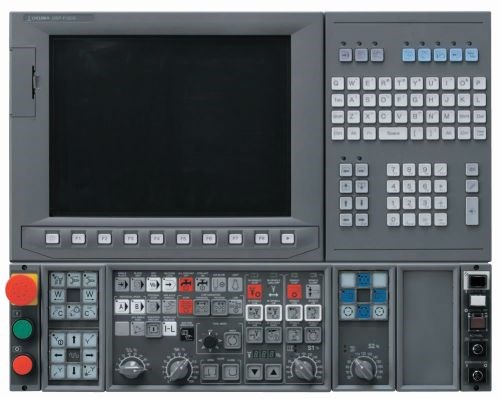Okuma’s OSP Control is 50 Years Old
In 1963, Okuma introduced its first CNC the OSP. OSP stands for Okuma sampling path, which emphasized the innovation of creating a digital representation of a machine tool’s cutting path.

In 1963, Okuma introduced its first CNC: The OSP. OSP stands for Okuma sampling path, which emphasized the innovation of creating a digital representation of a machine tool’s cutting path.
Today, the descendants of that first CNC represent the continuous development of the company’s commitment to mechatronics, the blending of mechanical and electrical systems into a seamless communication between the machine tool and its control.
From December 10-12, the newest OSP generation, the P300, and the machines it runs will be on display at Okuma America’s Technology Showcase event held at the company’s headquarters in Charlotte, North Carolina. Click here for full details and to register for the show.
Related Content
-
Lone Shop Machinist Benefits From Five-Axis CAM Modules
This California shop owner applies five-axis strategies for more efficient milling of parts with challenging geometries, free-form surfaces and deep cavities.
-
Software Controls Chip Breaking in Thread Turning Operations
This cutting tool manufacturer has developed a software module for chip control of thread turning operations in virtually any CNC lathe, even for older machines, using specific tooling and software.
-
Who Are the DFM Consultants? You Are.
Modern shops are bolstering their engineering staff to better offer design for manufacturability advice to their customers. Here, one industry expert suggests ways to develop a common language between manufacturing and engineering.







.jpg;maxWidth=300;quality=90)





